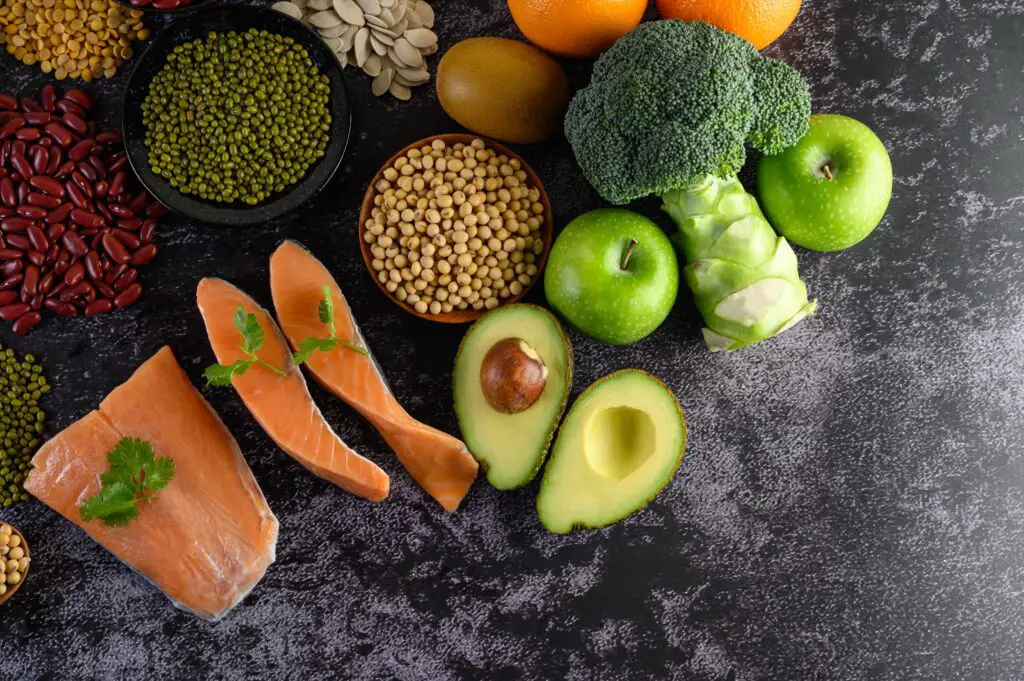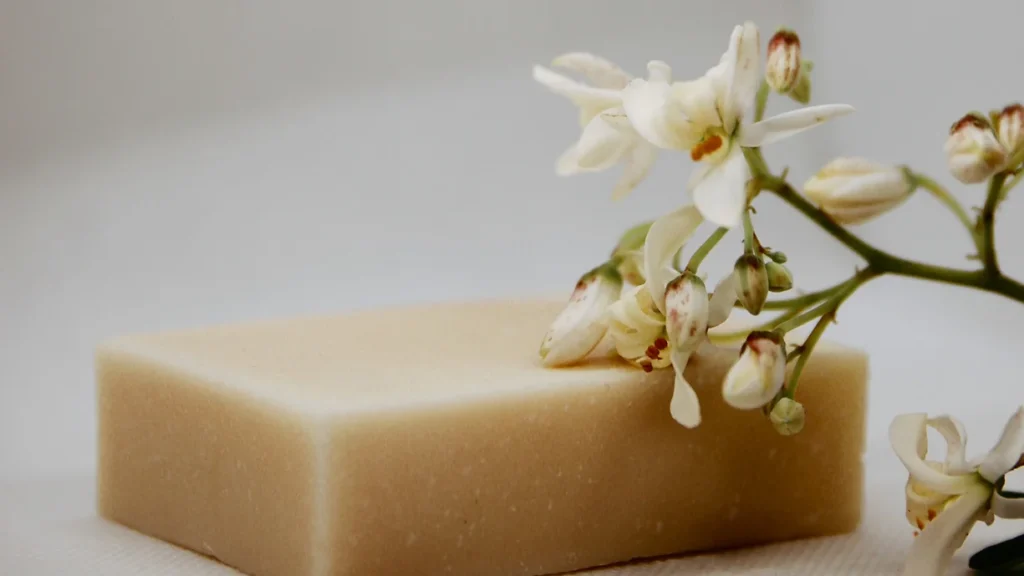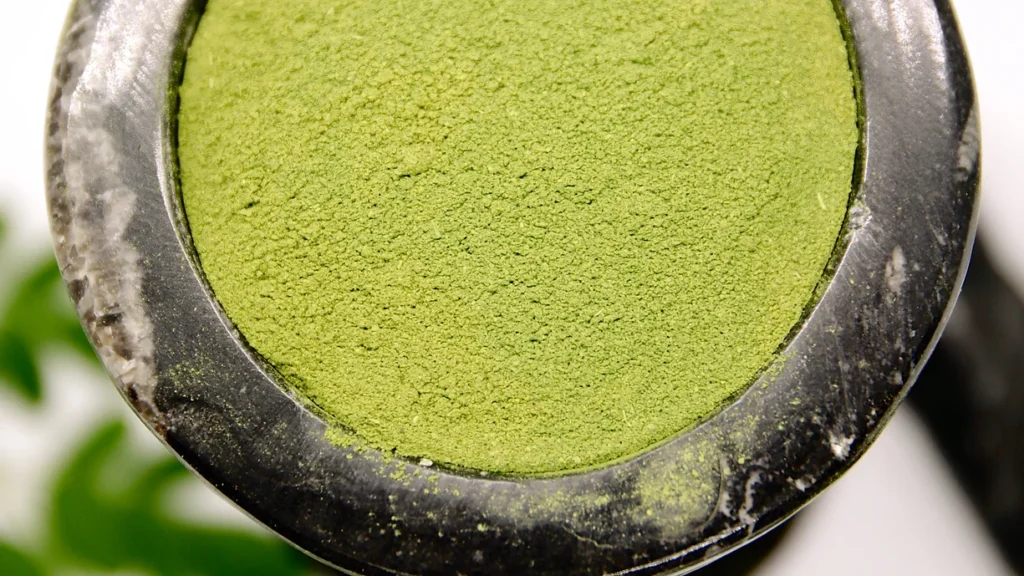Today’s market is flooded with trendy superfoods and supplements, making it challenging to distinguish between what is merely fashionable and what is genuinely good for your health. The likelihood is that you are familiar with moringa if you enjoy staying up to date on nutrition news.
According to Kylene Bogden, RDN, CSSD, a co-founder of FWDfuel, the plant known as Moringa oleifera is predominantly indigenous to South Asia and Africa and is one of the fastest-growing trees in the planet. This is due in part to the fact that it is highly robust and resistant to frost and drought. According to Bogden, moringa, also known as the drumstick tree, has a good nutrient profile, including calcium, potassium, vitamin C, and amino acids. Moringa is frequently taken as a supplement in the form of powder, etc.

This plant is very healthy to eat when it is raw. The leaves include chlorogenic acid, which can help balance your blood sugar, and quercetin, an antioxidant that can suppress your histamine reaction, which is what causes bothersome allergy symptoms, according to Bogden.
In addition to its extensive nutrient profile, moringa has gained popularity since it gives users an energy boost without the unpleasant side effects that occasionally come with caffeine consumption, the author continues.
An excellent treatment for malnutrition is the plant species Moringa oleifera, which belongs to the Moringaceae family. Because its leaves, pods, and seeds contain a range of vital compounds, moringa is a nutrient-dense plant. In fact, moringa is claimed to contain 25 times more iron than spinach and 7 times more vitamin C than oranges. It also has 10 times more vitamin A than carrots, 17 times more calcium than milk, and 9 times more protein than yogurt. Moringa is a sustainable treatment for malnutrition since it is simple to grow. Children are given moringa treatments in nations like Senegal and Benin. Children who aren’t breastfed often exhibit signs of malnutrition. Often, nursing moms are given galactagogues to increase milk production. The phytosterol-based galactogogue serves as a precursor for the hormones needed for reproductive development. Phytosterols like stigmasterol, sitosterol, and campesterol, which are hormone precursors, are abundant in moringa. These substances raise estrogen levels, which in turn encourage the growth of the milk-producing mammary gland ducts. Children under the age of three who are malnourished can receive treatment for it. During pregnancy, a woman can get all the iron and calcium she needs from leaf powder in around 6 spoonfuls.
Nutritive Properties of Moringa
M. oleifera is a veritable treasure trove of valuable nutrients and antinutrients. Minerals like calcium, potassium, zinc, magnesium, iron, and copper are abundant in M. oleifera’s leaves. M. oleifera also contains vitamins such vitamin A’s beta-carotene, vitamin B’s folic acid, pyridoxine, and nicotinic acid, and vitamins C, D, and E. Anti-cancerous substances such glucosinolates, isothiocyanates, glycoside compounds, and glycerol-1-9-octadecanoate are found along with phytochemicals like tannins, sterols, terpenoids, flavonoids, saponins, anthraquinones, alkaloids, and reducing sugar. Furthermore low in calories, moringa leaves can be included in an obese person’s diet. The fibrous pods are useful for treating digestive issues and preventing colon cancer.
According to research, immature pods have a fiber level of about 46.78 percent and a protein content of about 20.66%. Amino acid concentration is 30% in pods, 44% in leaves, and 31% in flowers. Similar levels of palmitic, linolenic, linoleic, and oleic acids were found in the immature pods and flowers. Of the several elements found in moringa that are crucial for growth and development, calcium is regarded as one of the key minerals for human growth. Moringa leaves can be consumed for 1000 mg, and moringa powder can be consumed for more than 4000 mg, compared to the 300–400 mg found in 8 ounces of milk. In place of iron supplements, moringa powder can be used to treat anemia. Whereas moringa leaf powder contains 28 mg of iron, beef only provides 2 mg. According to some sources, spinach and moringa both have comparable iron contents. Zinc needs to be consumed in adequate amounts for DNA and RNA production as well as for healthy sperm cell development. The zinc content of M. oleifera leaves ranges between 25.5 to 31.03 mg/kg, which is the recommended daily intake of zinc. Linoleic, linolenic, and oleic acids are PUFAs that have the power to regulate cholesterol. According to research, moringa seed oil has about 76% PUFA, which makes it a great alternative to olive oil. The content of the nutrients varies based on the place, it should be noted. Seasons have an impact on the amount of nutrients, according to Fuglie. Since M. oleifera may treat more than 300 ailments, it is frequently described as a panacea. Africans and Asians have traditionally employed moringa in herbal therapy. It works well as a medicinal agent because of the phytochemicals present.
Processing of Moringa
As plants are treated, they typically lose their nutritional value. When the nutritional contents of raw, germinated, and fermented moringa seed flour were examined, it was discovered that the raw seed flour had a higher concentration of phytochemicals, while the fermented and germinated seed flour had the highest concentration of amino acids. The metabolic processes involved in germination and microbial activity involved in fermentation may have led to this. However, a study looked at the impact of boiling, simmering, and blanching to examine how well the nutrients in moringa leaves were retained. Oddly enough, boiling was the most efficient approach because it considerably reduced the concentrations of cyanide, oxalate, and phytate. Processing can be done to maximize the usage of the necessary nutrients from the seeds and leaves because the presence of phytate and other anti-nutrients can lower the bioavailability of some nutrients.
The Users of Moringa
Whichever name you prefer for the plant known as Moringa oleifera, often known as the “drumstick tree,” “tree of life,” or “wonder tree,” it is one of the most nutrient-dense plants on the planet. This plant is strong because it contains a variety of nutritional and bioactive substances, such as essential amino acids, carbs, fiber, vitamins, minerals, and phytonutrients. The use of moringa in phytomedicine and ayurveda medicine dates back to very early times. According to Isabel Smith, MS, RD, CDN, integrative dietitian and founder of Isabel Smith Nutrition, “the advantages of moringa were identified long ago when employed in Ayurvedic therapy over 4,000 years ago.
Ancient Indian Mauryan warriors who utilized moringa are said to have taken moringa leaves to increase their vitality and stamina, particularly during battle. Moringa was also used by ancient Greeks, Romans, and Mauryan warriors. Moringa trees are now cultivated and used all over the world. The Moringa plant can be eaten in its entirety. According to Jones, the leaves and immature seed pods of Moringa oleifera are used as food products, and the seeds, bark, roots, sap, and flowers are frequently utilized in traditional medicine. The edible leaves are the most commonly utilized component of the plant, and in the US, dried leaves are marketed as dietary supplements in powdered or capsule form.
Benefits of Moringa
You may not be aware that stress can impair sexual function. By elevating cortisol and lowering the feel-good hormone, dopamine, it might destabilize libido. It takes the brain, hormones, emotions, nerves, and muscles—which are extremely susceptible to stress—to perform sexual function, which is a very complex process. Moringa may be one of the many plants that have been used for a long time to increase libido and are thought to be aphrodisiacs. According to Smith, research on animals suggests that moringa may increase testosterone and lower cortisol, increasing libido. One animal study suggests that moringa leaves may be effective in treating stress-related male sexual dysfunction. Before definitive conclusions can be drawn, Jones continues, “human investigations are required.” The benefits of plant extracts, such as those from moringa, on improving mood and cognition are still being thoroughly researched. With its amino acid and vitamin profile, moringa may improve cognitive function. Tryptophan, a precursor to serotonin, sometimes known as the happiness hormone, is present in it, according to Smith. According to Curtis, this feel-good hormone “improves learning, motor function, and memory” by working in the reward areas of your brain.
MorMorMoringa Soap

They use lye, coconut oil, canola oil, and moringa extract in their unscented moringa soap. Your skin will feel revitalized, hydrated, and moisturized after using this soap. A lot of consumers have found that using moringa soap has improved their dry and sensitive skin. After just one use, the difference will become apparent. They give the soap the ideal processing and curing. See what a difference getting a bar will make for you or a friend!
MorMorMoringa Oleifera Powder

Smoothies, snacks, drinks, and coffee all benefit from the addition of moringa powder. gathered and grown on their farm. There are absolutely no additives or fillers. Fresh moringa leaves are always used to create the purest, healthiest powder possible.
Moringa In Ayurveda
Did you know that kings and queens utilized moringa to increase their mental clarity and preserve youthful skin? Even Indian soldiers used moringa during battle to boost their stamina, ease pain, and reduce stress. The traditional uses of moringa in Ayurveda, naturopathy, and nutrition include treating malignancies, autoimmune diseases including arthritis, anxiety, asthma, wounds, fever, diarrhea, and sore throats. When we read, comprehend, and absorb this, it’s critical to keep in mind that moringa is not a magic remedy that can treat all of your medical problems. However, it helps your condition. It can assist you in managing your illness more effectively when taken as directed and addressed your lifestyle and underlying reasons.
Food synergy: What is it? You may inquire. It is the ability of several foods to serve as your body’s medicine when properly paired. For instance, turmeric may not be as effective when taken alone. But, combining it with black pepper maximizes the health advantages of turmeric by increasing the amount of curcumin that is absorbed into the circulation. Why? This is conceivable due to piperine, which is present in black pepper. Several folks start taking turmeric pills after researching its advantages online. They are unaware that the absence of black pepper from these pills results in a very low bioavailability.
Conclusion
Our ability to heal and recuperate is greatly influenced by nature. A justification for why food is used as medication. Remember the “secret” is in proper combination of quantity, quality, time, and food!




